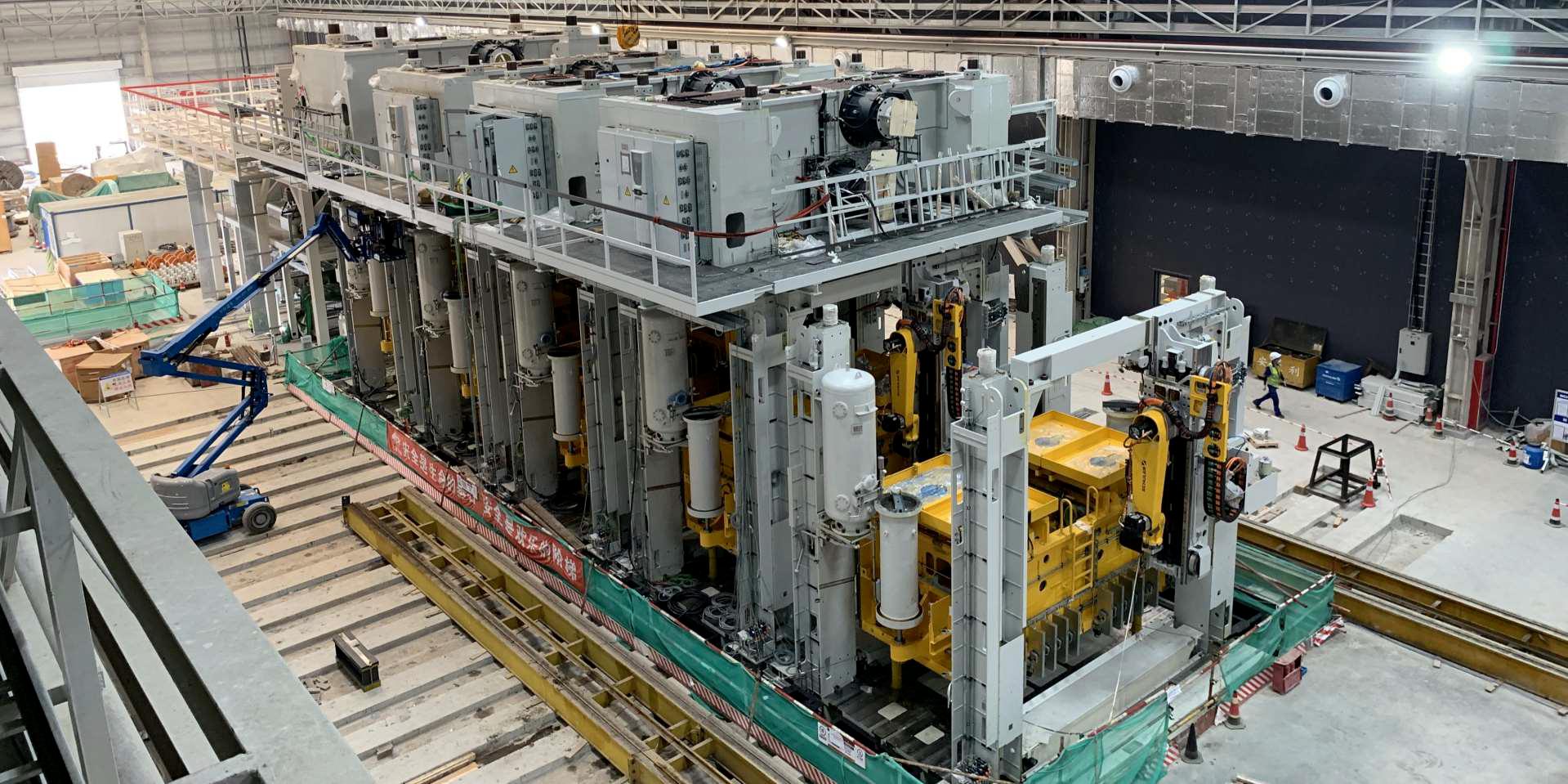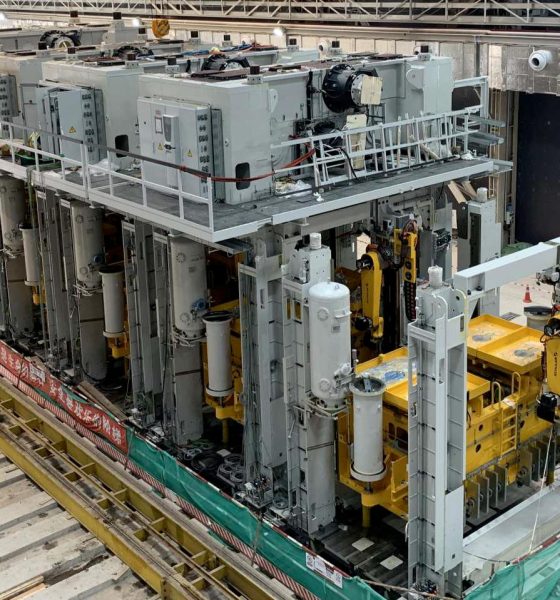Tesla’s (NASDAQ:TSLA) second-quarter earnings call comes on the heels of an impressive quarter that saw the electric car maker posting $6.036 billion in revenue and a $451 million non-GAAP net income, beating Wall Street’s estimates.
As revealed in the company’s Q2 2020 Update Letter, Tesla currently sits on $8.6 billion in cash. The Tesla Model Y ramp is also proving faster than the Model 3 ramp, which should allow the company to increase its output at the Fremont factory in the coming quarters. Tesla Energy had some milestones as well, with the Megapack being profitable and Solar Roof installations tripling in Q2 compared to Q1.
For today’s earnings call, Tesla executives are expected to address questions surrounding the company’s plans for the coming quarters, particularly its maintained guidance of 500,000 vehicle deliveries for the year. Updates on future projects such as the Cybertruck, Semi, and Roadster may also be mentioned, as well as more details on upcoming Gigafactories, particularly in the United States.
The following are live updates from Tesla’s Q2 2020 earnings call. I will be updating this article in real-time, so please keep refreshing the page to view the latest updates on this story. The first entry starts at the bottom of the page.
15:35 PT: And that wraps up Tesla’s second quarter earnings call! The questions this time around were pretty interesting, though it was a bit tiring to hear inquiries about demand once more. That said, it was great hearing Tesla executives’ thoughts on its upcoming products, as well as facilities that are yet to be built. Overall, an enjoyable call.
Thanks for staying with us today for this live blog. Till the next time!
15:33 PT: Jeffries takes the last question. The inquiry focused on battery capacity and Giga Berlin, especially if Tesla would need to get cells from other countries for its German plant. Elon responded by stating that he can’t really talk about the plans for Giga Berlin, but there will be local production of cells at the upcoming facility. Elon jokes about workers’ mobility in Europe, stating that he suggests that workers’ time in the region are better used.
15:30 PT: An inquiry from Emmanuel Rosner from Deutsche Bank about the near term demand for Tesla’s vehicles has been asked. Elon Musk noted that demand is not a problem. “The things that are troubling us right now is not demand,” Musk said.
A follow up question about Tesla’s 500k target for 2020 was expressed. Musk stated that it is hard to utilize a global supply chain, particularly during this year’s challenging times. He expressed his respect for companies and entities working the supply chain as well.
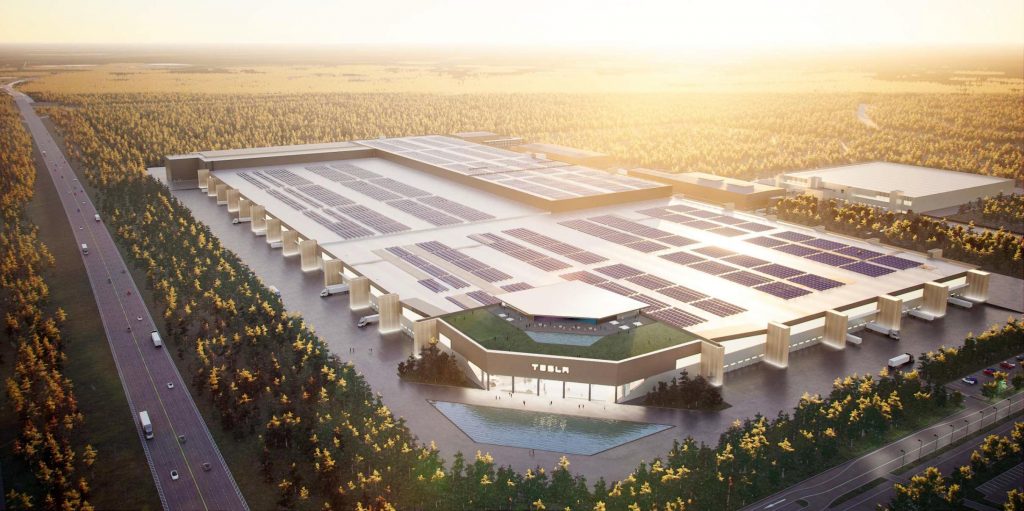
15:26 PT: Bernstein takes the floor, inquiring about operating margins and how it could be over time, as well as EV credits and how it could affect them. CFO Kirkhorn emphasizes that Tesla’s business is not managed with regulatory credits in focus. Elon Musk notes that Tesla buyers in the US don’t even get credits anymore, but despite this, sales have been doing well. Kirkhorn added that there is continued decline in the production costs of cars, especially in mature products like Model S, Model X, and Model 3. FSD and other software products, as well as future services like the Tesla Network, could also play a key role in operating margins. Kirkhorn admits that Tesla is in a journey here, so while the company benefits from regulatory credits now, this will not be the case in the long term.
Elon wants Tesla’s cars to be more affordable. He admits that it’s the pain point that bothers him the most for now. That said, Tesla has made some headway in this sense. After all, the company’s vehicles are being reduced in price over time, and improvements in battery tech will only accelerate this.
15:21 PT: Wall Street’s questions begin. First up is Dan Levy of Credit Suisse with a question about gross margins and Tesla’s differing approach in its various production facilities. Zach Kirkhorn responds, stating that the Model Y margins are improving. He did state that Model Y is still more expensive to produce than the Model 3. Elon added that Giga Shanghai is getting more and more localized, which makes a massive difference to the overall cost of vehicles that are made there. This could be seen in the price adjustments of the Model 3 in the country. Automotive President Guillen added that lots of suppliers are enthusiastic about supporting Tesla in China. The same will likely be true for Berlin as well.
15:15 PT: Next up is the Tesla Insurance ramp, as well as if the company will require Tesla Insurance for the company’s upcoming ride hailing network. Zach Kirkhorn notes that the current version of Tesla Insurance is only Version 1, or 0.9 as Elon noted. The CFO reiterates that Tesla Insurance has a data advantage, which allows the company to provide a viable service for Tesla customers. Tesla hopes to ramp Tesla Insurance to other states by the end of the year. “At the heart of every competitive insurance is the accuracy of your information,” Musk said.
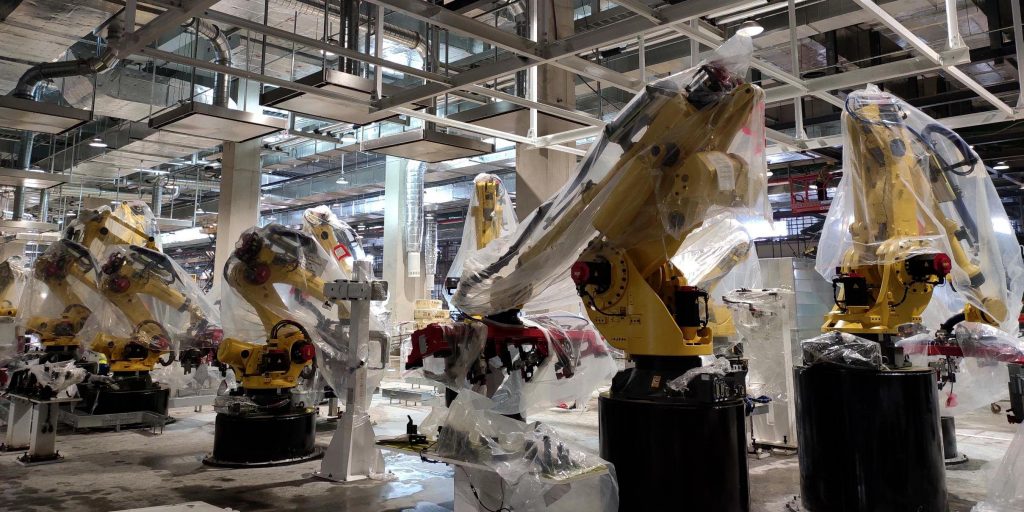
15:10 PT: Next up is a question about the Tesla Semi’s volume production. What does “volume production” mean? The first few units of the Tesla Semi will be used by Tesla to carry freight between Fremont and Nevada. There’s a lot of technology that will be going into the Semi, as suggested by Automotive President Jerome Guillen. He appears to be extremely excited for the Semi’s ramp, which is finally happening.
When asked about the discontinued Standard Range Model Y, Elon jokingly asked nickel companies to mine more as long as it’s efficient and environmentally friendly way. As noted by Musk, cell shortage is still the limiting factor for Tesla. It appears that the more batteries Tesla has access to, the more vehicles and types of vehicles it could produce.
15:05 PT: Tesla retail shareholder questions begin. First off is Tesla Energy and how it is largely ignored by Wall Street. How disruptive is Autobidder? Elon Musk noted that collectively the energy sector is bigger than automotive, so Tesla Energy would likely be just as big as its EV business. Ron Baron has mentioned this before when he stated that Tesla Energy has the potential to become a $500 billion business on its own.
Elon noted that Tesla’s mission is to accelerate the advent of sustainable energy. That push requires three parts: EVs, solar, and batteries. To accomplish the company’s primary goal, Tesla would have to ramp its energy business.
The Megapack is seeing a lot of demand. “Autobidder is Autopilot for grid type batteries,” as it ensures that the battery does everything it can as efficiently as it can. Creating such a system is very representative of Tesla since the company is known for tapping into software to complete targets.
15:00 PT: Responding to an inquiry about Autopilot, Elon explained that the driver assist system right now is pretty much operating in 2.5D. Operating in 4D is something completely different, and it will be game-changing. “The car will seem to have a giant improvement. It will probably roll out later this year. It will be able to do traffic lights, stops, turns, everything, pretty much. And then it will be a long march of (updates). It will definitely be better than human,” Musk said.
An inquiry about the Alien Dreadnought. Elon states that there’s about 10,000 more engineering required for the factory than the product itself. “We’re certainly making progress,” Elon said, stating that the Dreadnought is starting to approach Version 1, referring to Gigafactory Nevada. Perhaps Gigafactory Shanghai, Gigafactory Berlin, and the Austin Gigafactory will be Version 2. Interestingly, Elon also noted that the Model Y will look the same in Gigafactory Berlin, but the technology will be different.
Elon and other Tesla executives highlighted that the company loves manufacturing. The Alien Dreadnought is not all about replacing humans at all. The CEO seemingly plugs the maker movement once more, encouraging anyone interested to go into manufacturing. He is quite right about this. As Musk noted in the past, it’s difficult to have things when no one makes them.
14:50 PT: Questions from institutional investors begin. First up is about cheaper or region specific vehicles, or a product roadmap. Elon stated that while Tesla can’t reveal its product roadmap, it is reasonable to assume that Tesla would make a compact vehicle in the future. That said, he stated that there is still a long way to go with the Model 3, Model Y, and Cybertruck.
Second question is about FSD and software offerings. Elon notes that by far, FSD today is the most important thing. He expects the upgrade to FSD the biggest asset value rise in automotive history. The CEO does have a point, considering that full self driving may very well change the transportation world. Emphasizing this point, Elon states that everything else seems small in comparison. After FSD, it’s probably going to be all about entertainment.
Perhaps an app store is indeed in the pipeline sometime in the future.
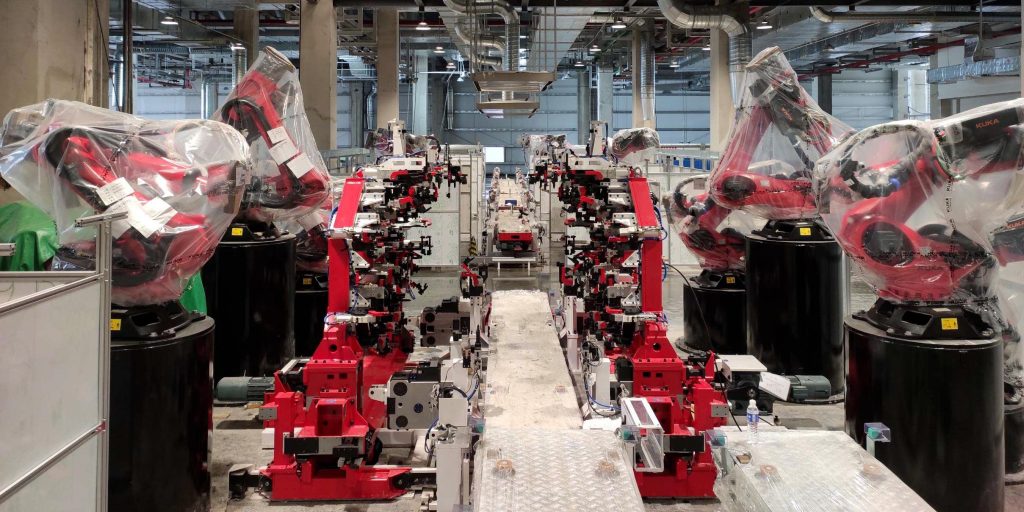
14:45 PT: Zach Kirkhorn takes the floor and thanks Tesla employees. He highlights Tesla’s four quarters of profitability, stating that the company optimized hard by initiating cost savings initiatives. This allowed the company to balance out the hits the company received due to the pandemic and Fremont’s shutdown. The CFO stated that in Q2, Tesla opted to pass on some of these savings to customers, referring to the cost reductions of the company’s vehicles.
Kirkhorn was also very optimistic about Tesla Energy, highlighting that the Megapack is now profitable. Solar and Solar Roof are also coming along nicely.
14:40 PT: The Tesla CEO also highlighted the Model S’ 400-mile EPA range, which is best in class. “I personally tested the latest (version of FSD) and I think it’s better profoundly than people realize. It’s almost getting to the point where I can go from my house to work without (requiring) interventions. This is why I’m confident about reaching feature complete FSD by the end of the year. (It’s because) I’m driving it,” he noted.
Also, Battery Day hype. “Thanks again for your support of our long term mission,” Elon said, closing his opening remarks. “I’ve never been more optimistic about the future of Tesla,” he added.
14:35 PT: Elon Musk thanks the Tesla team for their efforts in Q2. He sounds quite optimistic as he highlights how Tesla was able to grow at a time like this, when legacy auto is DOWN a lot. Elon also announced that its next Gigafactory will be in Texas. Looks like Austin won this round. It’s 5 minutes from the airport and it’s about 2,000 acres. “It will be stunning. It’s right by the Colorado River. It will have a boardwalk… It will be an ecological paradise. It will be open to the public as well,” Musk noted.
The Austin Gigafactory will produce the Cybertruck, the Model Y, and the Semi. Fremont will probably produce the next-generation Roadster. Elon also recognized Tulsa for a battle well fought. “‘I’d like to give a shoutout to Tulsa. I was super impressed… We will for sure consider Tulsa for future expansion of Tesla down the road,” the CEO noted.
14:32 PT: Tesla Investor Relations’ Martin Viecha takes the floor. Elon and Zach Kirkhorn, as well as other executives are present. Elon’s operating remarks begin.
14:31 PT: And it’s time for the earnings call. Let’s go!
14:29 PT: Quick factoid: Tesla had a bear case of $10 per share courtesy of Morgan Stanley during the height of 2019’s headwinds. I guess that estimate was a bit off.
14:25 PT: I have to admit, I’m pretty excited for this one. Anyone who’s been following Tesla over the past year would remember how it was in Q2 2019. Last year, it felt like the sharks were smelling blood in the water. TSLAQ members were sure Tesla was going down, and it wasn’t until Q3 when things started settling down. Oh, what a difference a year makes.
14:20 PT: It is time once more for Tesla’s quarterly earnings report! This quarter was pretty crazy, with Fremont being closed for several weeks and a lot of drama resulting from its reopening. Despite all these headwinds, Tesla posted a profit for Q2. That’s pretty insane, especially since the company was able to accomplish this during a literal pandemic. The Q2 2020 Update Letter is full of interesting details. Let’s brace for impact, everyone.

Investor's Corner
Tesla stock closes at all-time high on heels of Robotaxi progress

Tesla stock (NASDAQ: TSLA) closed at an all-time high on Tuesday, jumping over 3 percent during the day and finishing at $489.88.
The price beats the previous record close, which was $479.86.
Shares have had a crazy year, dipping more than 40 percent from the start of the year. The stock then started to recover once again around late April, when its price started to climb back up from the low $200 level.
This week, Tesla started to climb toward its highest levels ever, as it was revealed on Sunday that the company was testing driverless Robotaxis in Austin. The spike in value pushed the company’s valuation to $1.63 trillion.
Tesla Robotaxi goes driverless as Musk confirms Safety Monitor removal testing
It is the seventh-most valuable company on the market currently, trailing Nvidia, Apple, Alphabet (Google), Microsoft, Amazon, and Meta.
Shares closed up $14.57 today, up over 3 percent.
The stock has gone through a lot this year, as previously mentioned. Shares tumbled in Q1 due to CEO Elon Musk’s involvement with the Department of Government Efficiency (DOGE), which pulled his attention away from his companies and left a major overhang on their valuations.
However, things started to rebound halfway through the year, and as the government started to phase out the $7,500 tax credit, demand spiked as consumers tried to take advantage of it.
Q3 deliveries were the highest in company history, and Tesla responded to the loss of the tax credit with the launch of the Model 3 and Model Y Standard.
Additionally, analysts have announced high expectations this week for the company on Wall Street as Robotaxi continues to be the focus. With autonomy within Tesla’s sights, things are moving in the direction of Robotaxi being a major catalyst for growth on the Street in the coming year.
Elon Musk
Tesla needs to come through on this one Robotaxi metric, analyst says
“We think the key focus from here will be how fast Tesla can scale driverless operations (including if Tesla’s approach to software/hardware allows it to scale significantly faster than competitors, as the company has argued), and on profitability.”

Tesla needs to come through on this one Robotaxi metric, Mark Delaney of Goldman Sachs says.
Tesla is in the process of rolling out its Robotaxi platform to areas outside of Austin and the California Bay Area. It has plans to launch in five additional cities, including Houston, Dallas, Miami, Las Vegas, and Phoenix.
However, the company’s expansion is not what the focus needs to be, according to Delaney. It’s the speed of deployment.
The analyst said:
“We think the key focus from here will be how fast Tesla can scale driverless operations (including if Tesla’s approach to software/hardware allows it to scale significantly faster than competitors, as the company has argued), and on profitability.”
Profitability will come as the Robotaxi fleet expands. Making that money will be dependent on when Tesla can initiate rides in more areas, giving more customers access to the program.
There are some additional things that the company needs to make happen ahead of the major Robotaxi expansion, one of those things is launching driverless rides in Austin, the first city in which it launched the program.
This week, Tesla started testing driverless Robotaxi rides in Austin, as two different Model Y units were spotted with no occupants, a huge step in the company’s plans for the ride-sharing platform.
Tesla Robotaxi goes driverless as Musk confirms Safety Monitor removal testing
CEO Elon Musk has been hoping to remove Safety Monitors from Robotaxis in Austin for several months, first mentioning the plan to have them out by the end of 2025 in September. He confirmed on Sunday that Tesla had officially removed vehicle occupants and started testing truly unsupervised rides.
Although Safety Monitors in Austin have been sitting in the passenger’s seat, they have still had the ability to override things in case of an emergency. After all, the ultimate goal was safety and avoiding any accidents or injuries.
Goldman Sachs reiterated its ‘Neutral’ rating and its $400 price target. Delaney said, “Tesla is making progress with its autonomous technology,” and recent developments make it evident that this is true.
Investor's Corner
Tesla gets bold Robotaxi prediction from Wall Street firm
Last week, Andrew Percoco took over Tesla analysis for Morgan Stanley from Adam Jonas, who covered the stock for years. Percoco seems to be less optimistic and bullish on Tesla shares, while still being fair and balanced in his analysis.

Tesla (NASDAQ: TSLA) received a bold Robotaxi prediction from Morgan Stanley, which anticipates a dramatic increase in the size of the company’s autonomous ride-hailing suite in the coming years.
Last week, Andrew Percoco took over Tesla analysis for Morgan Stanley from Adam Jonas, who covered the stock for years. Percoco seems to be less optimistic and bullish on Tesla shares, while still being fair and balanced in his analysis.
Percoco dug into the Robotaxi fleet and its expansion in the coming years in his latest note, released on Tuesday. The firm expects Tesla to increase the Robotaxi fleet size to 1,000 vehicles in 2026. However, that’s small-scale compared to what they expect from Tesla in a decade.
Tesla expands Robotaxi app access once again, this time on a global scale
By 2035, Morgan Stanley believes there will be one million Robotaxis on the road across multiple cities, a major jump and a considerable fleet size. We assume this means the fleet of vehicles Tesla will operate internally, and not including passenger-owned vehicles that could be added through software updates.
He also listed three specific catalysts that investors should pay attention to, as these will represent the company being on track to achieve its Robotaxi dreams:
- Opening Robotaxi to the public without a Safety Monitor. Timing is unclear, but it appears that Tesla is getting closer by the day.
- Improvement in safety metrics without the Safety Monitor. Tesla’s ability to improve its safety metrics as it scales miles driven without the Safety Monitor is imperative as it looks to scale in new states and cities in 2026.
- Cybercab start of production, targeted for April 2026. Tesla’s Cybercab is a purpose-built vehicle (no steering wheel or pedals, only two seats) that is expected to be produced through its state-of-the-art unboxed manufacturing process, offering further cost reductions and thus accelerating adoption over time.
Robotaxi stands to be one of Tesla’s most significant revenue contributors, especially as the company plans to continue expanding its ride-hailing service across the world in the coming years.
Its current deployment strategy is controlled and conservative to avoid any drastic and potentially program-ruining incidents.
So far, the program, which is active in Austin and the California Bay Area, has been widely successful.
